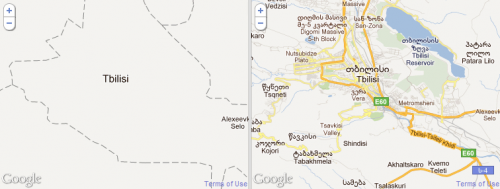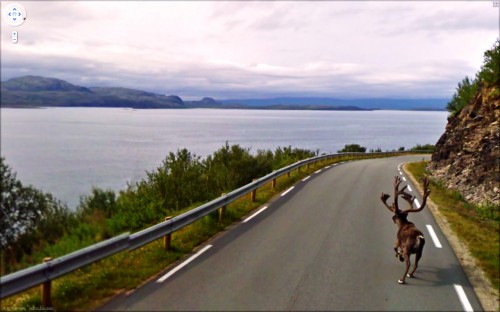Official Google Blog shares yet another milestone in the life of Google Map Maker. Google Map Maker is the tool that allows anyone in the world add and correct information on Google Maps. Google might know more about famous places, but there are millions and millions of neighborhoods in the world with local businesses and other tiny little features that only the locals know. Google Map Maker makes sharing and accessing this knowledge possible and easy.
Yes, it is yet another one of those “wisdom of a crowd” things. But no matter how skeptical you are about the approach, it is hard to argue with the success Google had in utilizing the masses. Have a look at this before and after comparison of Tbilisi, Georgia map and you’ll be amazed as to how much “after” has improved.
As with anything that humans do, there might be mistakes and inaccuracies there. But given the will and the right tools, these are getting fixed and corrected. Have you tried it? If no, please do. You’ll be amazed as to how easy and intuitive it is. And as they say in the video, try adding your local coffee shop. Share the knowledge.
[youtube=http://www.youtube.com/watch?v=znCPgldRWTc]


